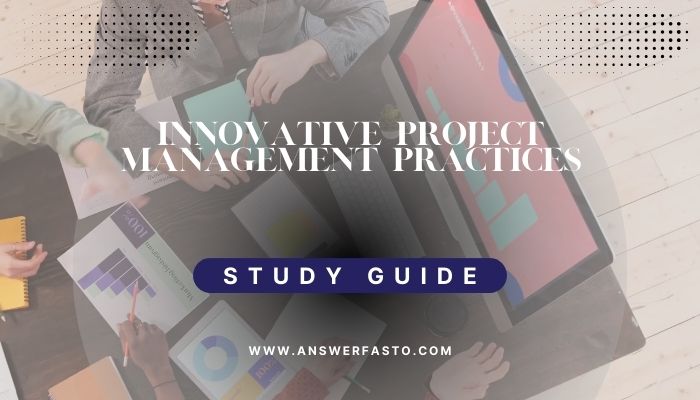Conducting Interactive Case Study Discussions: A Collaborative Approach to Solving Project Management Challenges
Interactive case study discussions are an engaging way to analyze and address project management challenges. They foster collaboration, encourage sharing of experiences, and help participants develop actionable solutions.
Example: Managing a Complex IT Implementation Project
Scenario:
Participants are presented with a case involving a complex IT implementation project at a large organization. The project is over budget, behind schedule, and experiencing resistance from end-users due to ineffective communication and inadequate change management.
Step-by-Step Guide to Interactive Discussions
- Group Formation
- Divide participants into small groups of 4–6 members, ensuring diversity in backgrounds and expertise.
- Assign a facilitator to guide each group’s discussions.
- Case Study Review
- Distribute case materials, such as project plans, stakeholder feedback, and email correspondences.
- Allow time for participants to review and understand the challenges presented.
- Group Discussion (Part 1): Identifying Challenges
- Each group discusses the key issues, such as:
- Scope changes
- Communication breakdowns
- Resistance to change
- Groups identify and prioritize the root causes contributing to the project’s struggles.
- Plenary Discussion (Part 1): Sharing Observations
- Reconvene all groups for a plenary session.
- Each group shares their findings.
- The facilitator consolidates the challenges on a shared screen or whiteboard for collective review.
- Group Discussion (Part 2): Developing Strategies
- Groups brainstorm potential solutions to the identified challenges, focusing on:
- Communication strategies
- Stakeholder engagement
- Change management approaches
- Resource allocation
- Plenary Discussion (Part 2): Compiling Solutions
- Return to the plenary session.
- Groups present their strategies and recommendations.
- The facilitator compiles a comprehensive list of solutions.
- Group Consensus: Prioritizing Strategies
- Discuss the proposed strategies as a collective.
- Prioritize them based on feasibility, impact, and relevance to the case.
- Action Plan Development
- Groups outline a detailed action plan for implementing the selected strategies, specifying:
- Responsibilities
- Timelines
- Required resources
- Presentations
- Each group presents their action plan.
- The facilitator leads a discussion, addressing questions and gathering feedback.
- Reflection Session
- Conclude with a reflection session where participants discuss:
- Challenges encountered during the activity
- Lessons learned
- How these lessons can be applied to real-world projects
Example Outcome: Group Discussion
Identified Challenge: Poor communication among stakeholders.
Proposed Strategy:
Implement a comprehensive communication plan featuring:
- Regular project updates and feedback channels.
- Clear communication of milestones.
Action Steps:
- Assign a communication manager to oversee stakeholder engagement.
- Schedule regular status meetings and feedback sessions with end-users.
- Create a project portal for centralized access to project information.
Expected Outcome:
Improved communication will enhance stakeholder understanding, foster end-user support, and help the project return to its intended trajectory.
Key Benefits of Interactive Case Study Discussions
- Practical Application: Participants apply project management principles to realistic scenarios.
- Collaborative Problem-Solving: Encourages teamwork and idea-sharing among diverse professionals.
- Skill Development: Enhances participants’ ability to identify challenges, devise solutions, and create actionable plans.
This structured approach transforms case studies into dynamic learning experiences, equipping participants with tools and insights for managing real-world projects effectively.



